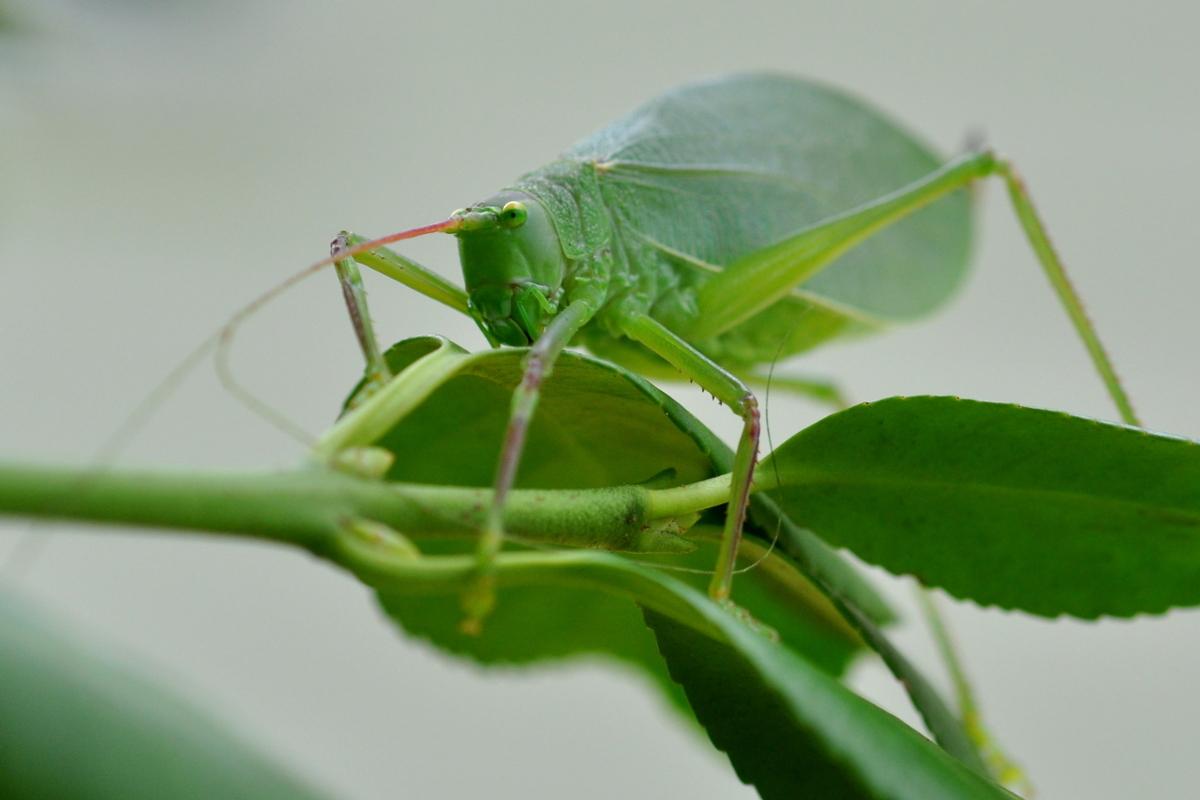Sounds are compression waves traveling through the air, and detecting them is useful to many animals. They can warn of an approaching predator, or indicate a tasty creature as a meal. Making and detecting acoustic signals helps many animals find a mate.
To detect a sound, an animal needs an ear. The most common kind detects sound waves when they cause a thin, tightly stretched membrane, called an eardrum or tympanic membrane, to vibrate. This is the kind of ear that humans, and other animals with backbones have. It has also been separately evolved by several kinds of insects. Researchers want to know more about the history of hearing in prehistoric animals. But, sound-detecting ear drums are delicate structures seldom preserved as fossils.
In 2022 Chinese paleontologists reported a rare and exciting discovery. They were studying the fossils of grasshopper-like insects called katydids. These katydids lived one hundred and sixty million years ago, during the time of the dinosaurs. In twenty-four fossil specimens of several katydid species, they found preserved structures of the ear, including the eardrum. These are the oldest fossil tympanic membranes ever found, and so provide a unique glimpse into the past. They resembled those found in modern katydids.
The researchers also found that prehistoric katydids, like their modern counterparts, had special structures on their wings for making sounds. Like modern katydids, males attracted their mates by using their forewings to make calls detectable to the female’s ear. The researchers discovered that the frequency ranges produced by the wings also included low frequencies that would have allowed communication over long distances. Thus, we know the sounds of the dinosaur’s world included the calls of katydids.










